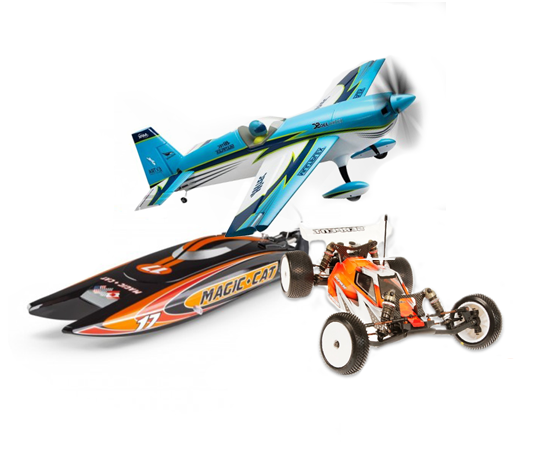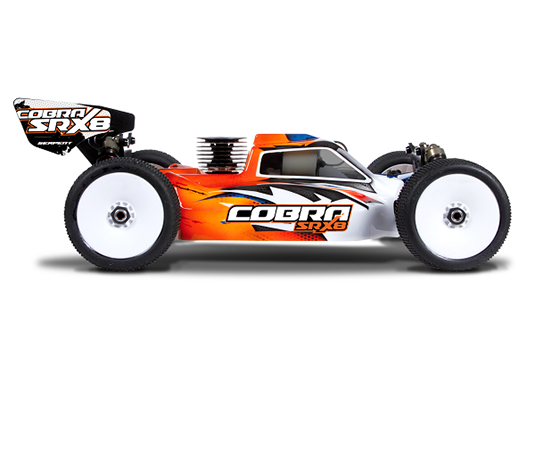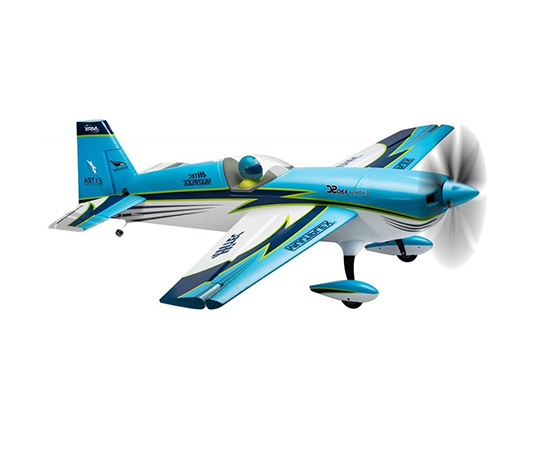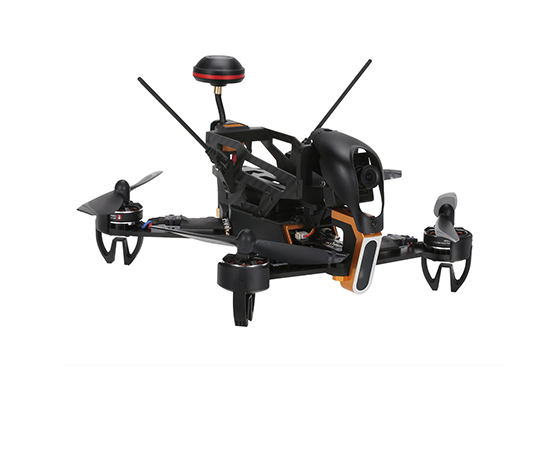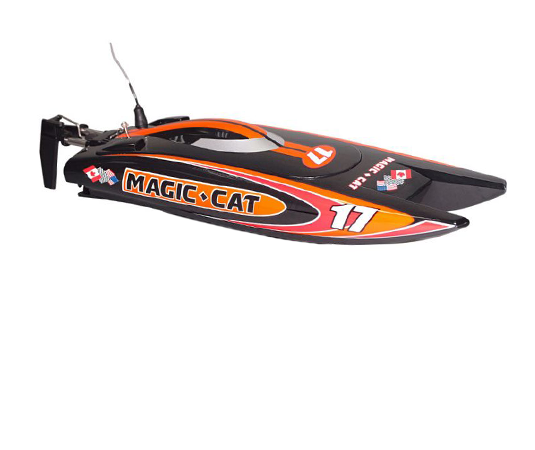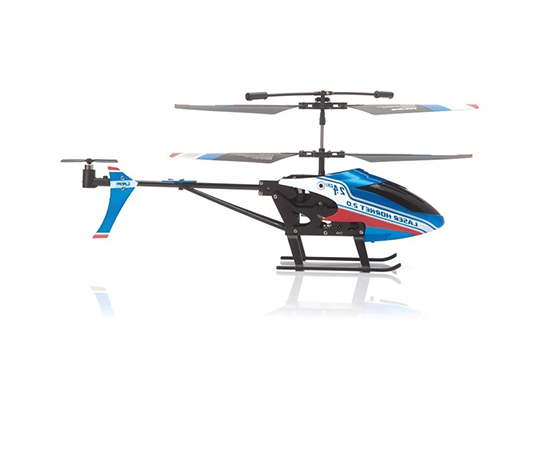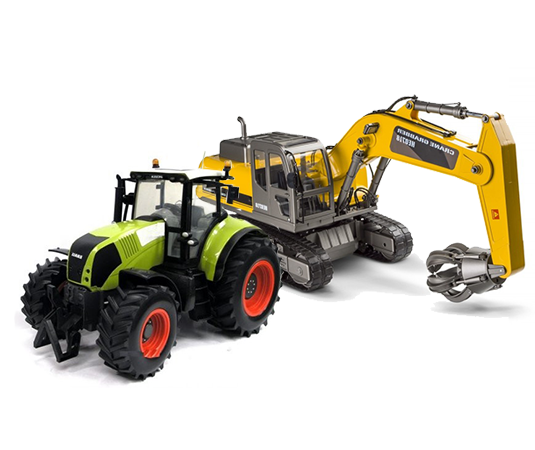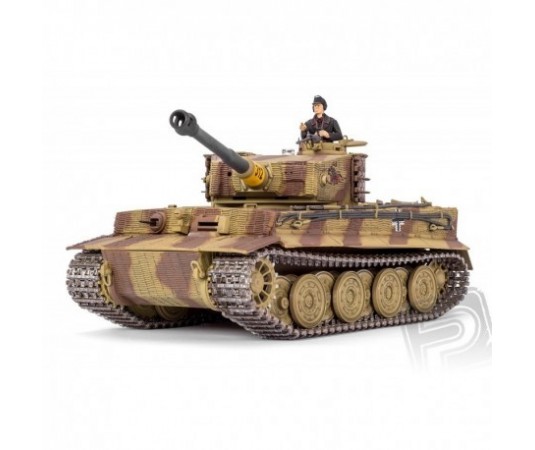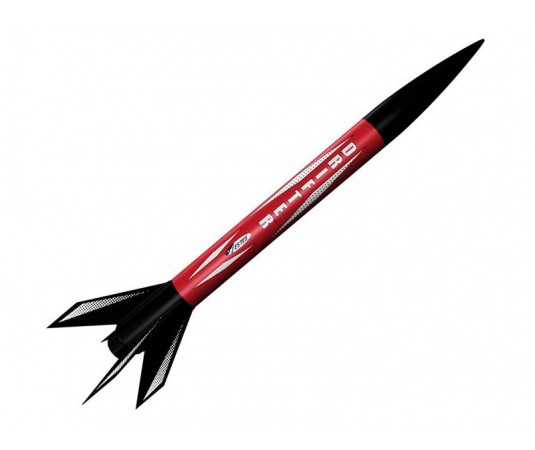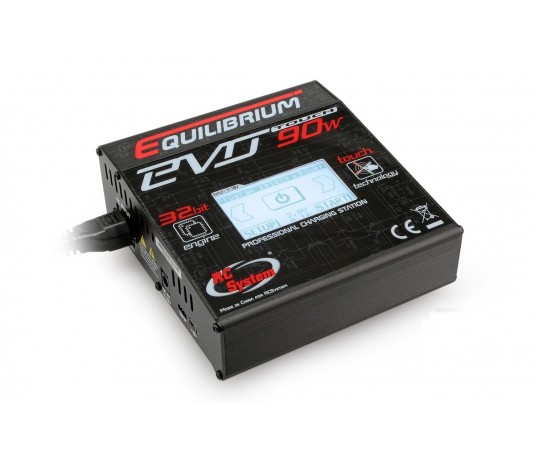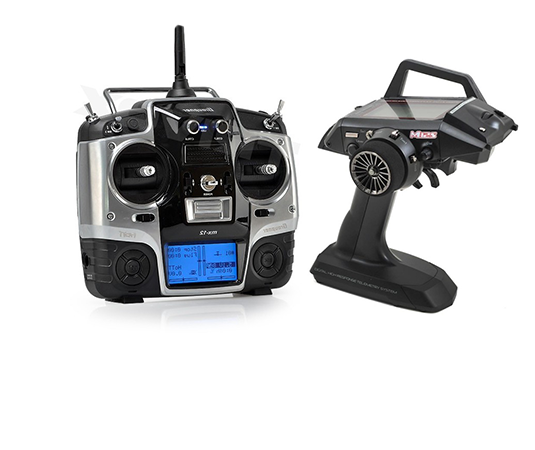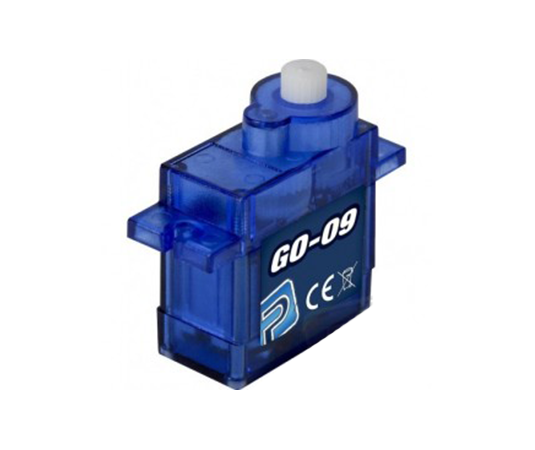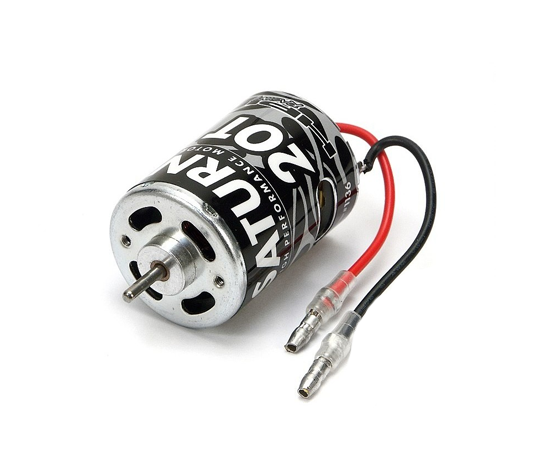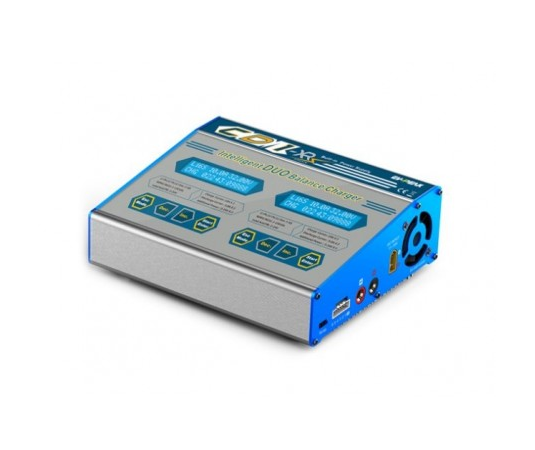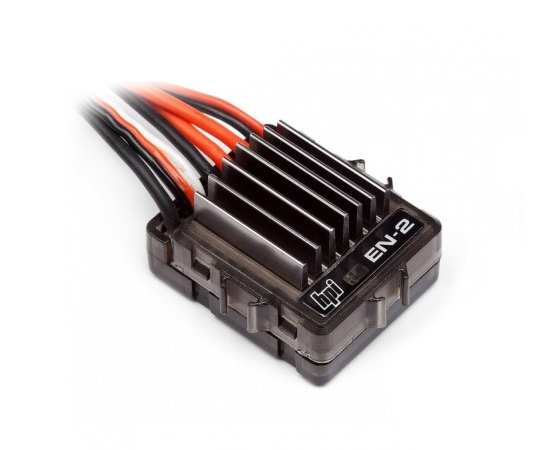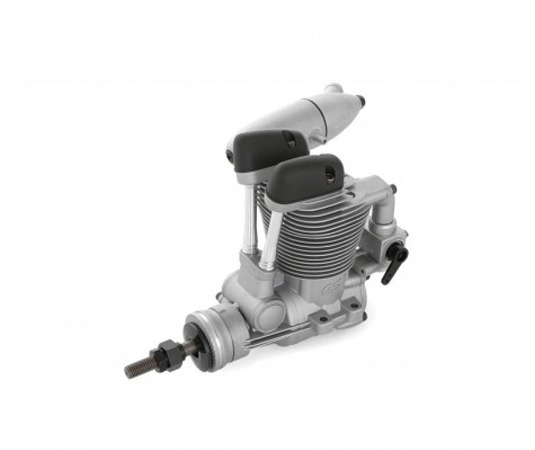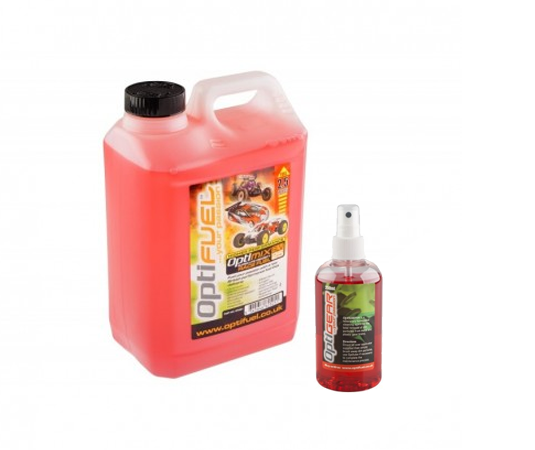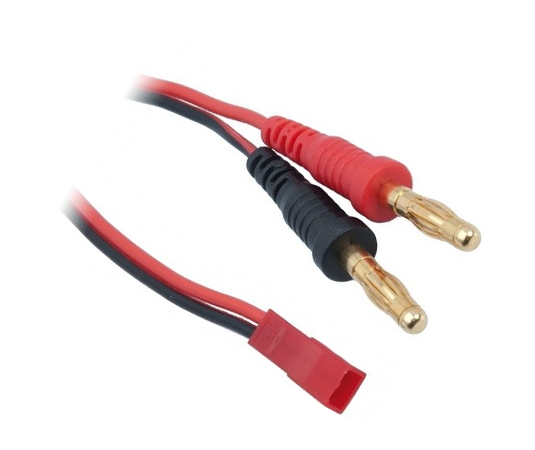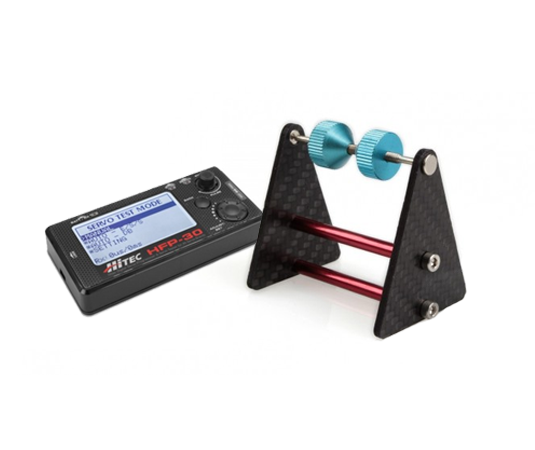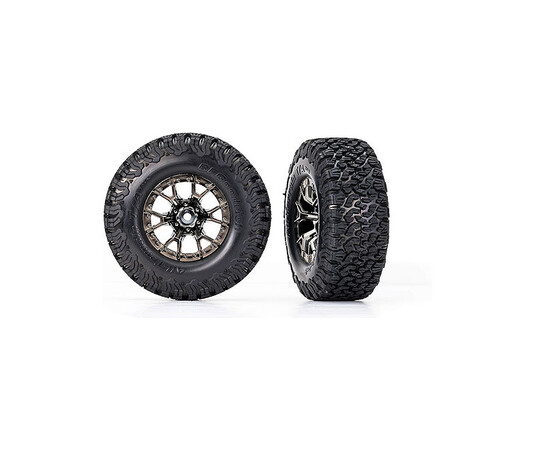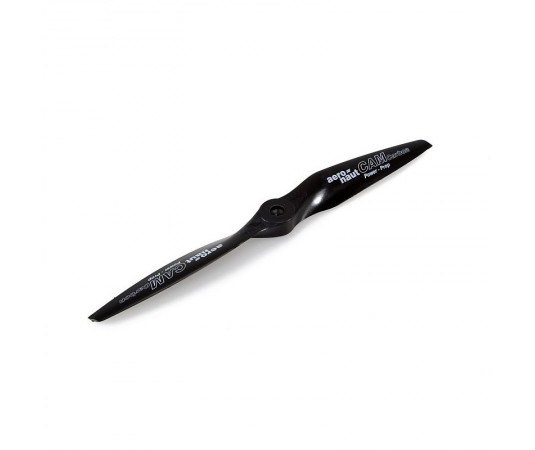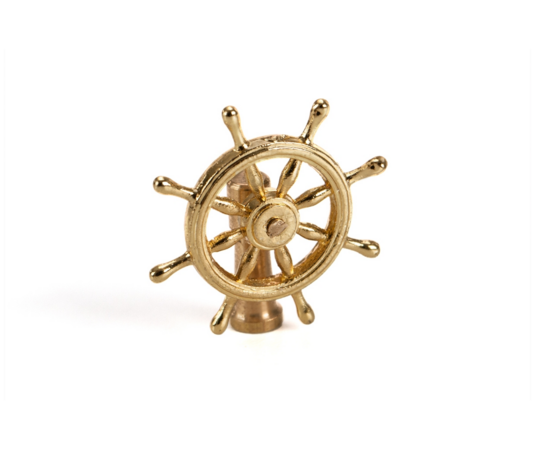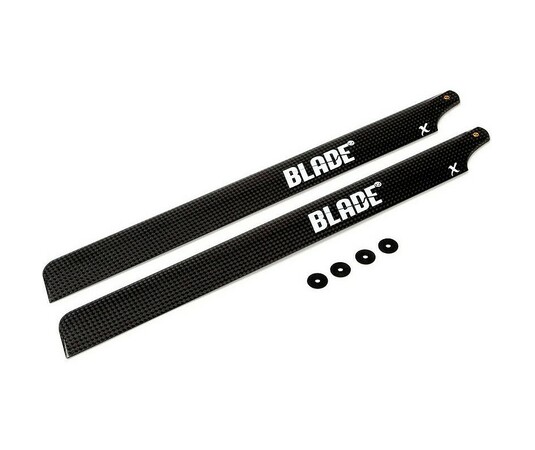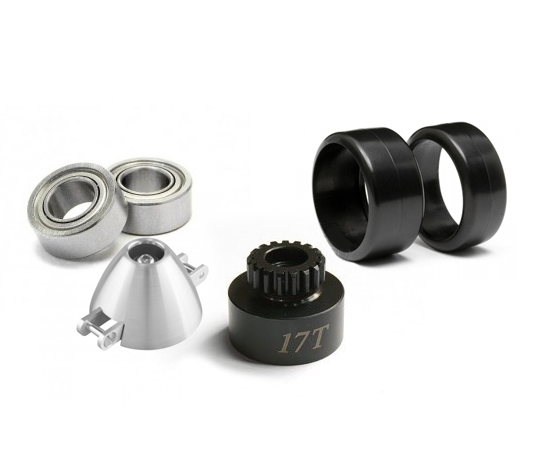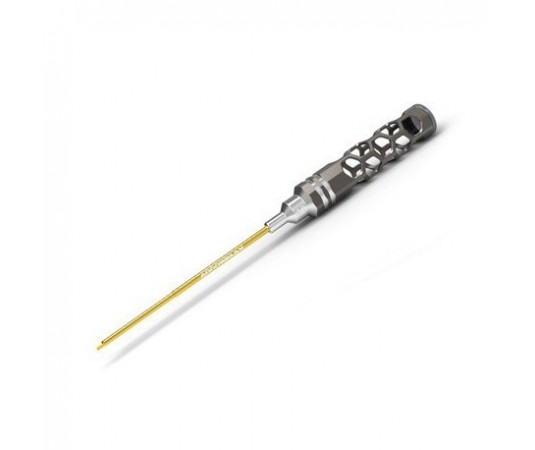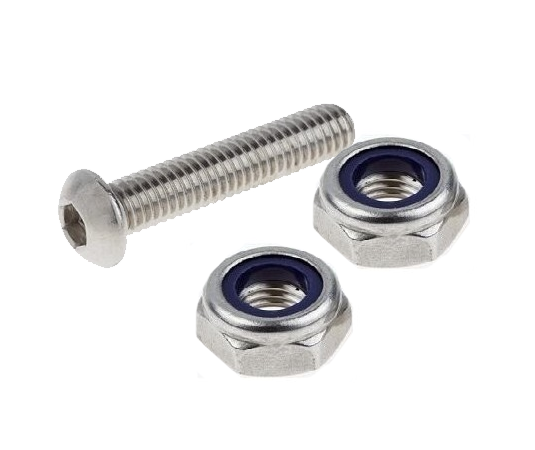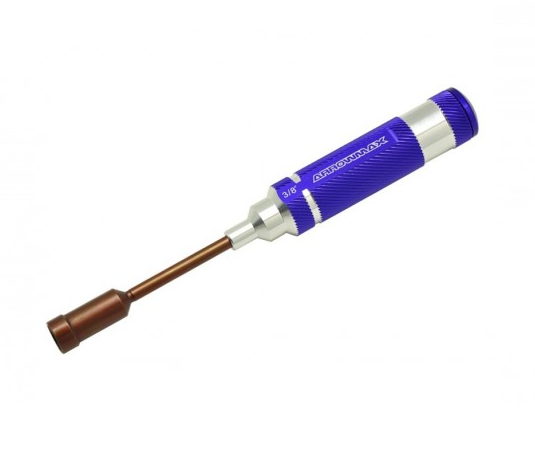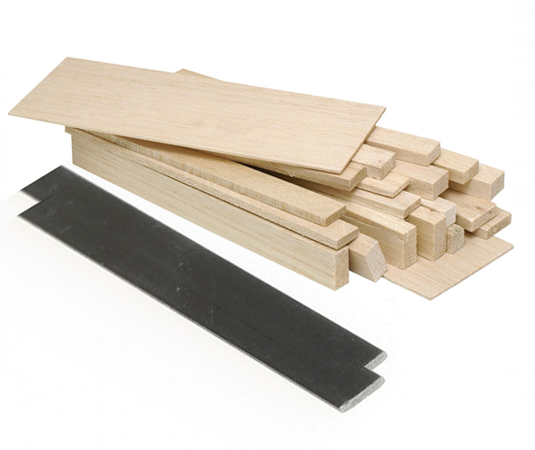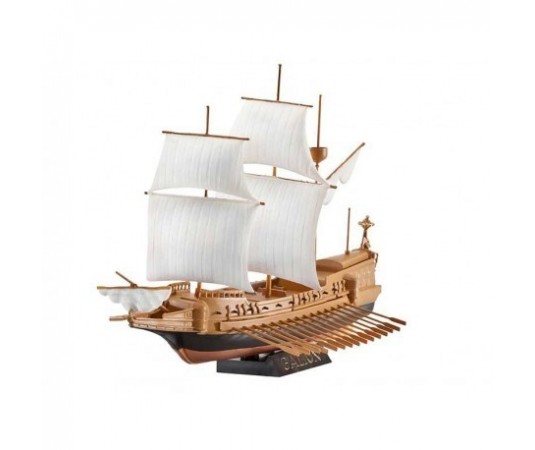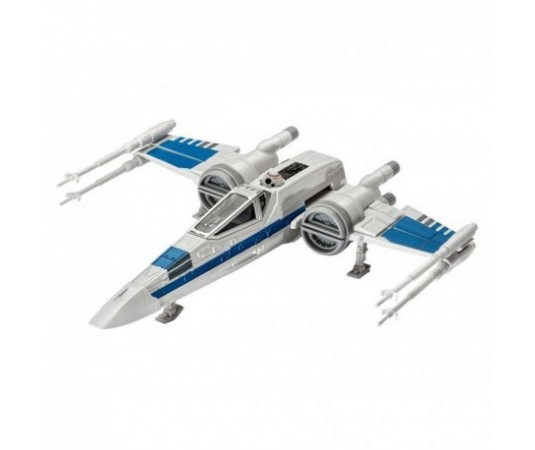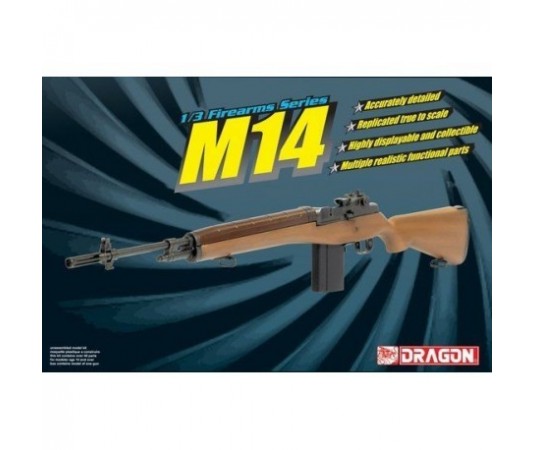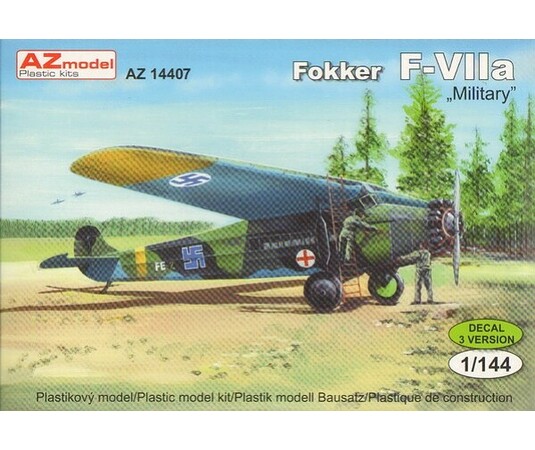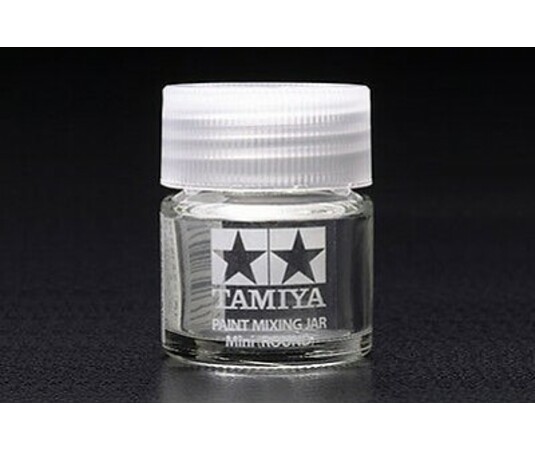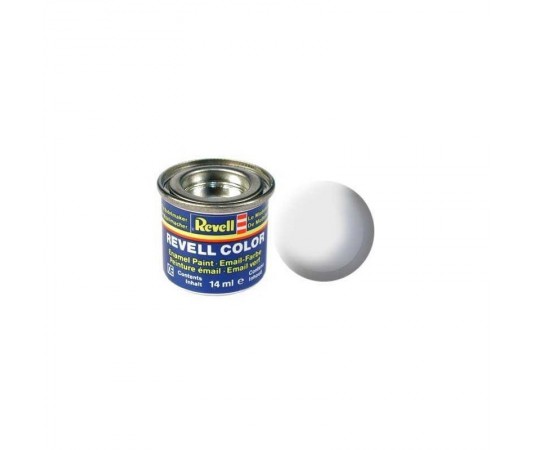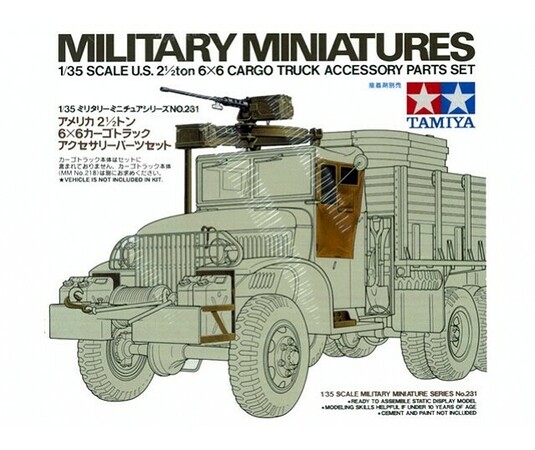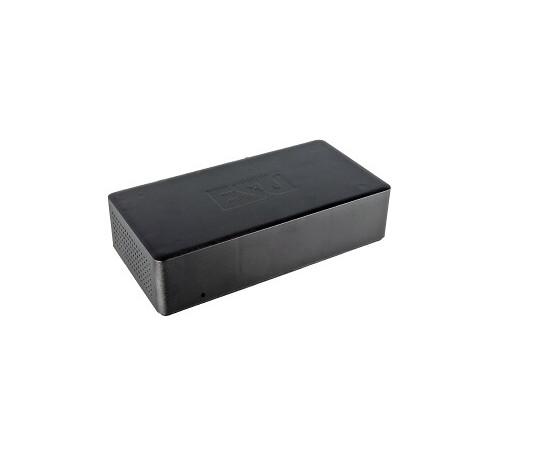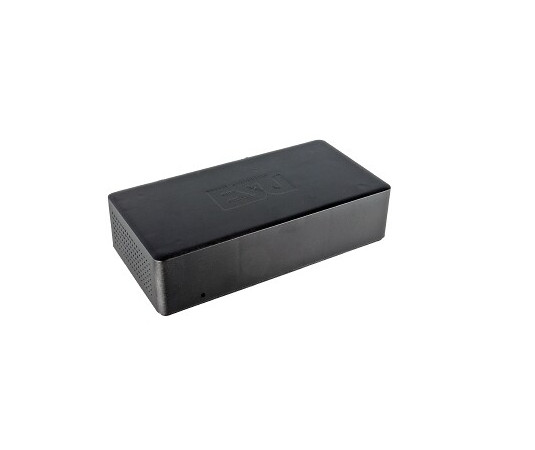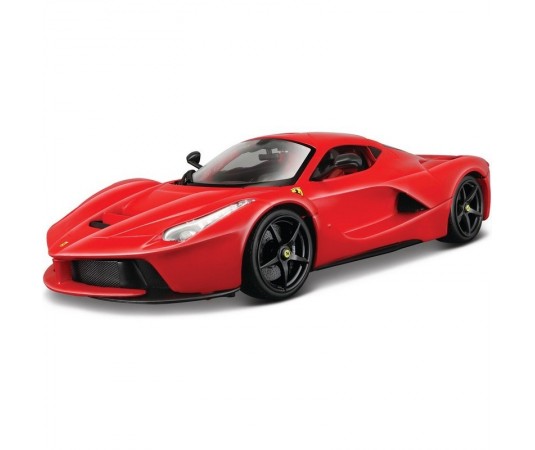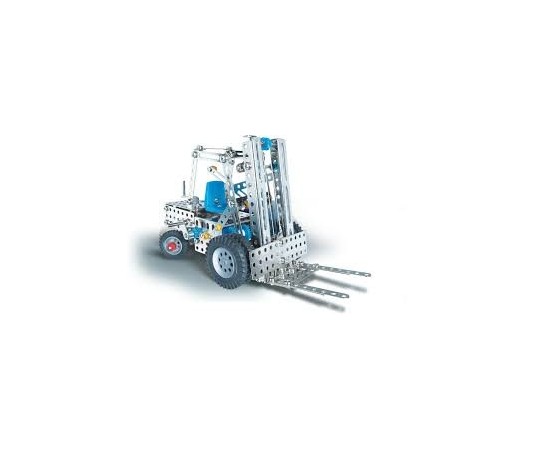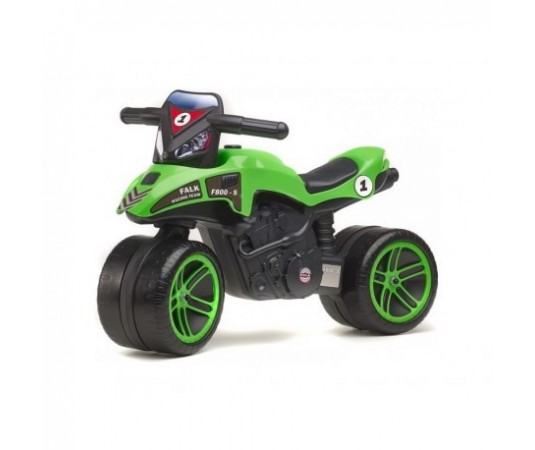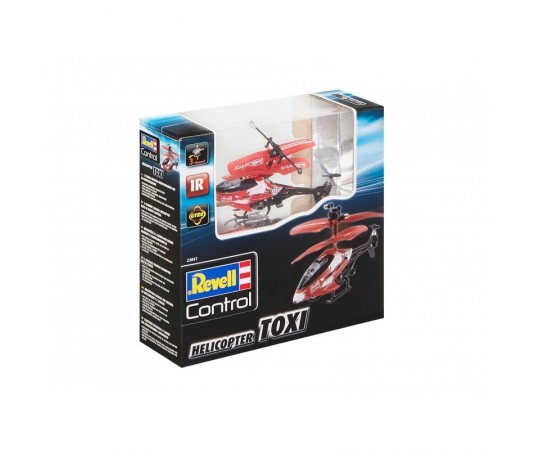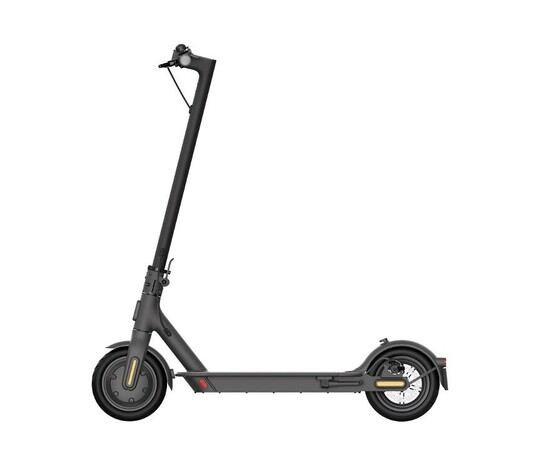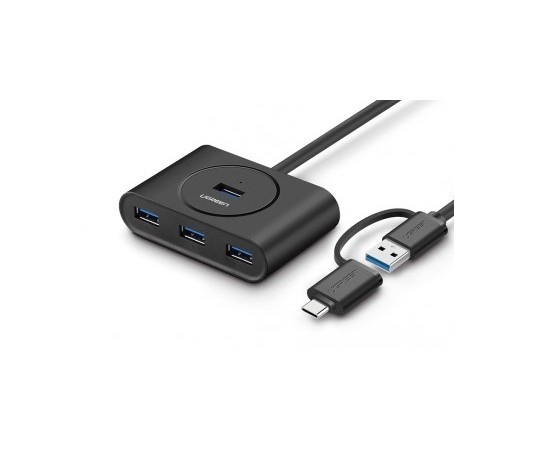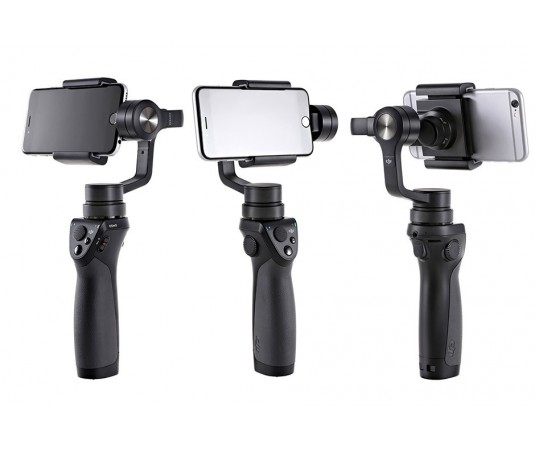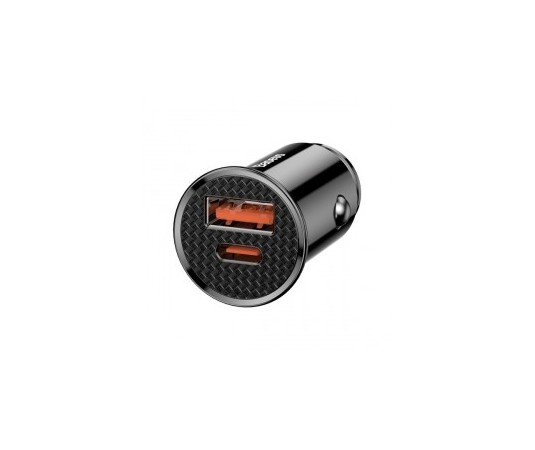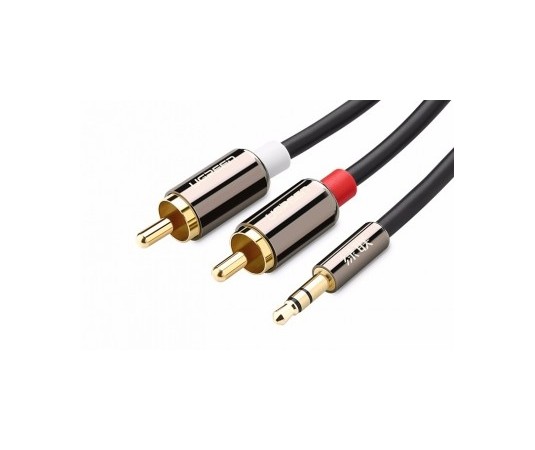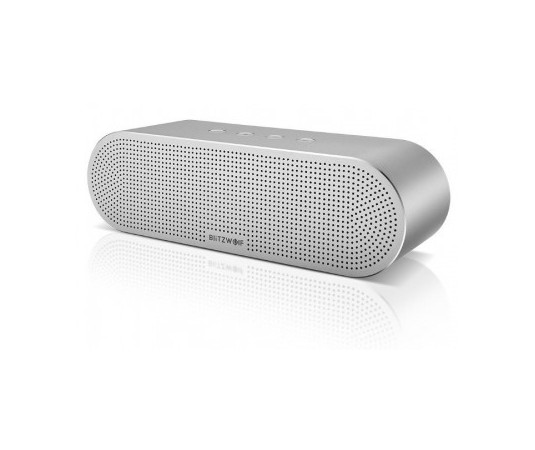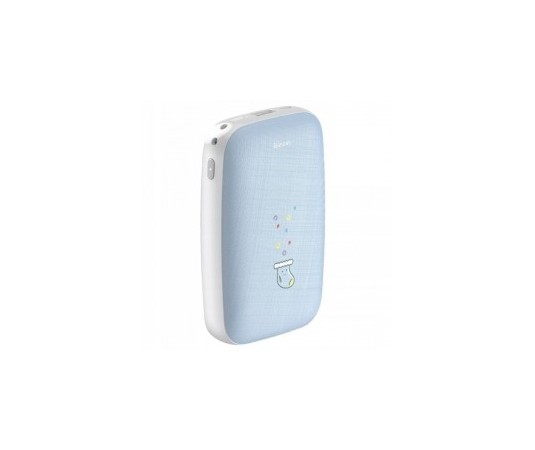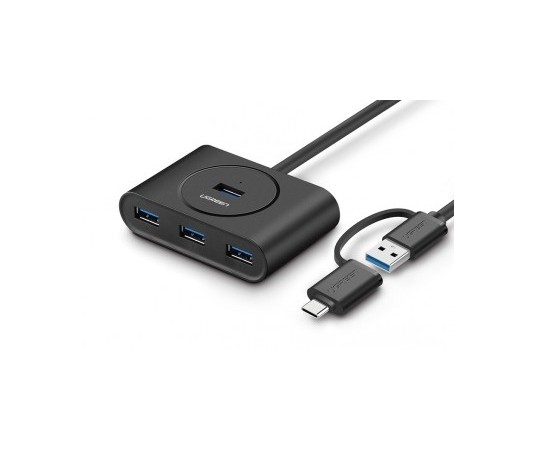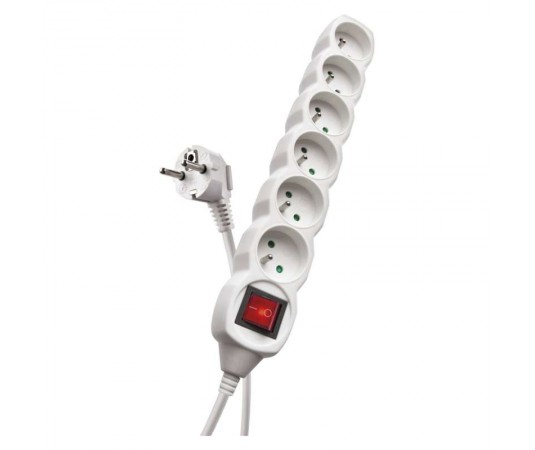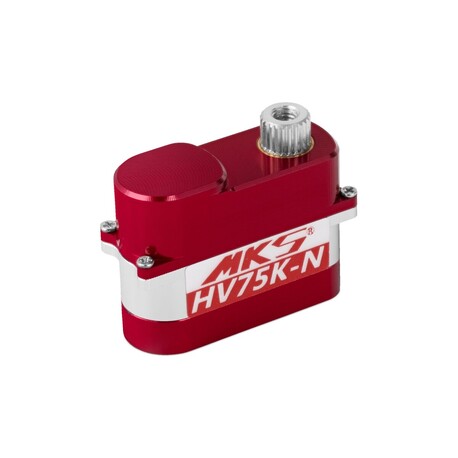HV75K-N (0.09s/60°, 3.3kg.cm)

Express delivery

Large selection of carriers

Satisfaction guarantee
Very powerful and fast programmable thin digital micro servo with titanium gears mounted on one ball, one self-lubricating and two needle bearings. Thanks to the precise pre-tensioned gears with minimal backlash and the flat 9mm box, it is particularly suitable for controlling ailerons and flaps in F3K RC planes, small gliders and motor models with thin airfoils, such as F5D models for racing around pylons. For perfect cooling even under heavy load, the servo is housed in an aluminum box without feet.
Extended supply voltage 3.7-7.4 V (nominal), operating 3.5-8.4 V.
With the help of the USB programmer/interface for DSP-1 servos and the operating PC program, you can program a wide range of servo parameters:
Dead Band: The width of the dead band indicates the amount of change in the width of the control signal pulses at which the position of the output shaft/servo lever has not yet changed. MKS default setting = 1 µs or 1.1 µs
Lock: Setting the behavior of the servo if it does not receive a control signal - Maintains the position corresponding to the last received signal / The motor is free, the servo does not maintain any position.
Max. Duty (Max. engagement): The degree of engagement of the motor will be limited by this value - it limits the max. output of the servo motor.
Pulse Lower (Min. pulse width): The lower limit of the control pulse width and the corresponding servo deviation size will be limited by this value.
Neutral: Adjusts the width of the control pulses in the neutral/center position of the servo.
Pulse Upper (Max. pulse width): The upper limit of the control pulse width and the corresponding servo deviation size will be limited by this value.
Boost: Engine power when starting from rest. The larger the value, the more force the motor starts.
NOTICE
DO NOT attempt to turn the servo by hand. Since the servo gears are very precise and delicate, when installing the servo lever, do not try to force it onto the servo output shaft - otherwise there is a risk of damaging the gears. Correct procedure: Place the servo lever against the mil on the servo output shaft - but do not put it on the shaft. Hold the servo lever with your fingers, then carefully screw in the lever mounting bolt to slide the lever onto the output shaft. Proceed with the same caution when disassembling the lever.
| Servo size | Micro |
| Servo type | Digital |
| Programmable | Yes |
| Thrust at 3.7 V [kg•cm] | 1.4 |
| Thrust at 6.0 V [kg•cm] | 2.3 |
| Thrust at 7.4 V [kg•cm] | 2.8 |
| Thrust at 8.2 V [kg•cm] | 3.3 |
| Speed at 3.7 V [s/60°] | 0.21 |
| Speed at 6.0 V [s/60°] | 0.13 |
| Speed at 7.4 V [s/60°] | 0.1 |
| Speed at 8.2 V [s/60°] | 0.09 |
| Control pulse width in neutral [µs] | 1520 |
| Repetition frequency [Hz] | 333 |
| Deadband [ms] | 0.001 |
| Servo transmissions | Metal |
| Ball bearings | 1x |
| High voltage | Yes |
| Power supply [V] | 3.7 - 8.4 |
| Length [mm] | 23 |
| Width [mm] | 9 |
| Height [mm] | 16.7 |
| Weight [g] | 7.4 |
| Intended for | Airplanes, Helicopters |


